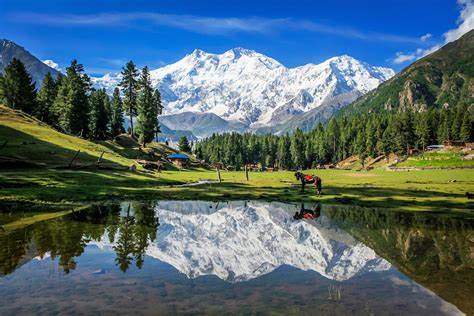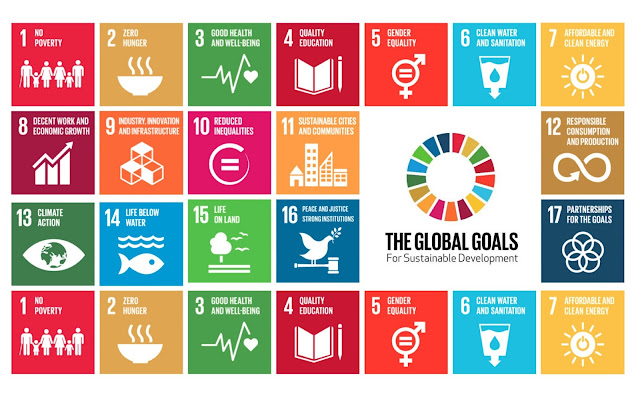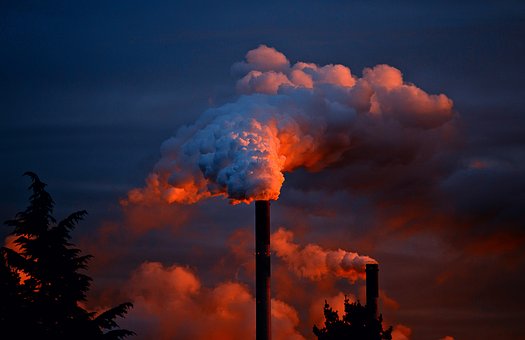Comprehend the complex world of water scarcity, using the India-Pakistan water dispute as a prominent example. Discover the causes, historical context, and global ramifications of this ongoing conflict over shared water resources.
1. Introduction
The 21st century has witnessed a rise in global geopolitical tensions and divisions. Major powers are increasingly engaged in strategic rivalries, and regional conflicts are often exacerbated by issues such as resource scarcity. Water scarcity, in particular, has become a focal point of contention in an already volatile world. The situation becomes even more complex when considering the ongoing disputes between India and Pakistan over shared water resources. This article will delve into the concept of water scarcity, the historical water disputes between these two nations, and the implications for both countries and the world at large.
2. Resource Scarcity as a Catalyst
Resource scarcity, including water scarcity, has the potential to exacerbate existing geopolitical fault lines. As nations compete for limited resources, it can lead to heightened tensions and conflicts. Water, being essential for life and economic development, is at the forefront of this struggle.
3. The Role of Water in Polarization
Water scarcity can lead to a vicious cycle of competition. As countries experience declining water resources, they may resort to unilateral actions to secure water supplies, such as building dams or diverting rivers, often to the disadvantage of downstream nations. These actions can escalate disputes and polarize nations further.
4. Implications for International Relations
The increasing polarization over water resources is indicative of the seriousness of the issue. It not only strains relations between countries but also challenges international cooperation and diplomacy. The potential for conflicts arising from water scarcity poses a significant threat to global stability.
5. Environmental and Humanitarian Consequences
Beyond the geopolitical implications, water scarcity has severe environmental and humanitarian consequences. Droughts, water pollution, and reduced access to clean water disproportionately affect vulnerable populations, leading to displacement, food insecurity, and social unrest.
6. The Need for Global Cooperation
Addressing water scarcity on a global scale requires cooperation and diplomacy. International organizations, governments, and stakeholders must work together to develop sustainable water management strategies, promote responsible resource use, and mitigate the risk of conflicts arising from water scarcity.
7. Defining Water Scarcity
Water scarcity refers to the insufficient availability of clean, safe water for human consumption and other vital needs. It is a situation where the demand for water exceeds its supply, leading to severe consequences for communities, ecosystems, and economies.
8. Causes of Water Scarcity
Water scarcity can be caused by a variety of factors, for example, overpopulation, pollution, climate change, and poor water management practices. These factors contribute to a growing global concern regarding the availability of freshwater resources.
9. The India-Pakistan Water Dispute
a. Historical Context
The India-Pakistan water dispute has its roots in the turbulent history of these two neighboring nations. Since gaining independence from British colonial rule in 1947, India and Pakistan have been engaged in conflicts over several issues, with water resources being one of the most significant and controversial.
b. The Water Pact Disagreement
The Indus Water Treaty, brokered by the World Bank in 1960, was a landmark agreement between India and Pakistan aimed at regulating the use and distribution of the waters of the Indus River and its tributaries. This treaty came into being as a response to growing concerns about water resource management in the region following the partition of British India into India and Pakistan in 1947.
c. Framework of Cooperation
Under the treaty, the Indus River system was divided into two major categories: the Eastern Rivers and the Western Rivers. The Eastern Rivers, including the Sutlej, Beas, and Ravi, were allocated for unrestricted use by India. Meanwhile, the Western Rivers, encompassing the Indus, Jhelum, and Chenab, were designated primarily for Pakistan’s use.
d. Annual Review and Disagreements
The treaty stipulated an annual meeting between India and Pakistan to review and discuss the implementation of its provisions. This review process is where the disagreements often arise. Pakistan frequently raises concerns about India’s water usage and the construction of dams and hydroelectric projects on the Western Rivers, which Pakistan claims may negatively impact its water supply.
e. Disputes during Water Scarcity
During periods of water scarcity, such as droughts, the disagreements over the treaty intensify. Pakistan accuses India of reducing the flow of water into the Western Rivers, exacerbating water shortages in Pakistan’s agricultural regions. India, on the other hand, argues that it adheres to the treaty’s guidelines and emphasizes its need for water resources.
f. International Mediation
The Indus Water Treaty also established a Permanent Indus Commission with commissioners from both countries. In cases where disputes cannot be resolved bilaterally, the treaty allows for international arbitration or mediation, often facilitated by the World Bank.
g. Ongoing Diplomacy
Despite the periodic disputes, both India and Pakistan have continued to engage in diplomatic efforts to find solutions and maintain the spirit of cooperation envisioned by the treaty. Various rounds of talks have been held, seeking to address concerns and ensure equitable water sharing.
h. Monsoon and Drought Impact
The erratic nature of monsoon rains in the region exacerbates the water dispute. India’s release of excess water towards Pakistan during monsoon seasons often leads to flooding in various regions of Pakistan. Conversely, during droughts, the reduction of water flow from India intensifies water scarcity in Pakistan.
i. Global Ramifications
The persistent water dispute between India and Pakistan has broader global implications. As tensions escalate, there is growing concern that the next world war could be fought over water resources. The increasing polarization in the world is an ominous indicator of the seriousness of this issue.
10. Conclusion
Water scarcity is a pressing concern that affects the entire planet, but it is exemplified in the ongoing dispute between India and Pakistan. The disagreements over the Indus Water Treaty, combined with the unpredictable forces of monsoons and droughts, create a volatile situation that has implications far beyond the borders of these two nations.
In a world already combating with political and environmental challenges, it is crucial that India and Pakistan find common ground and work together to address their water-related issues. Failure to do so could have dire consequences not only for them but for the entire globe.









